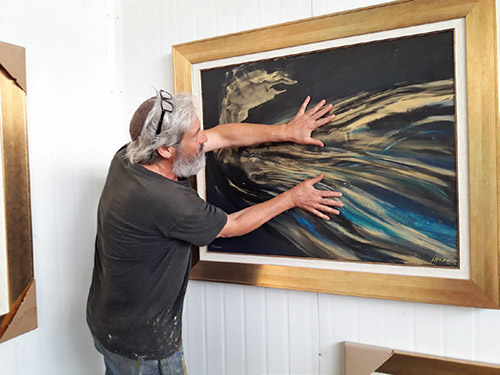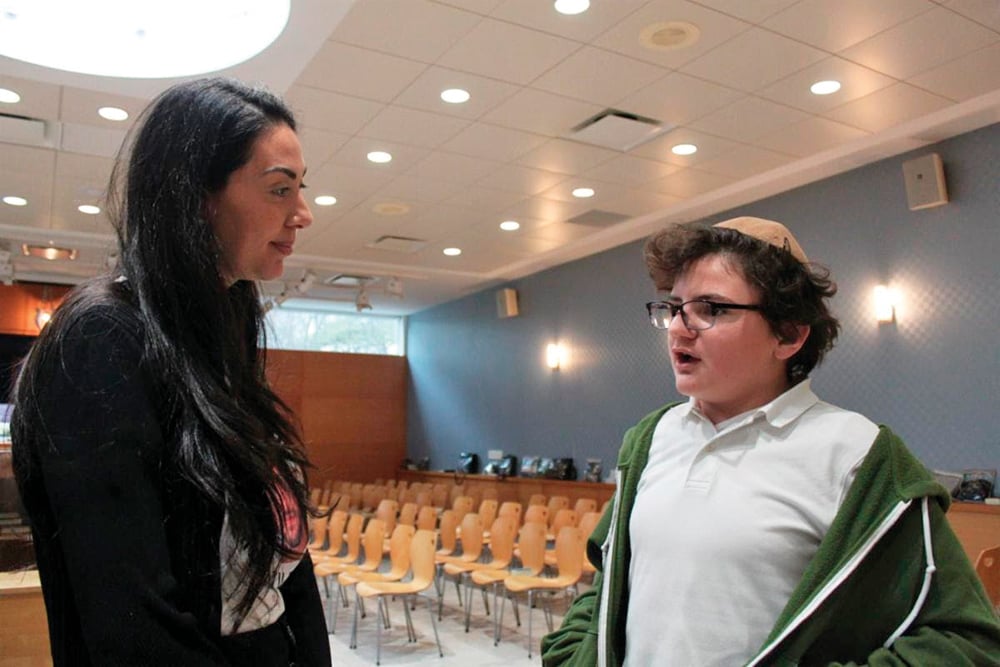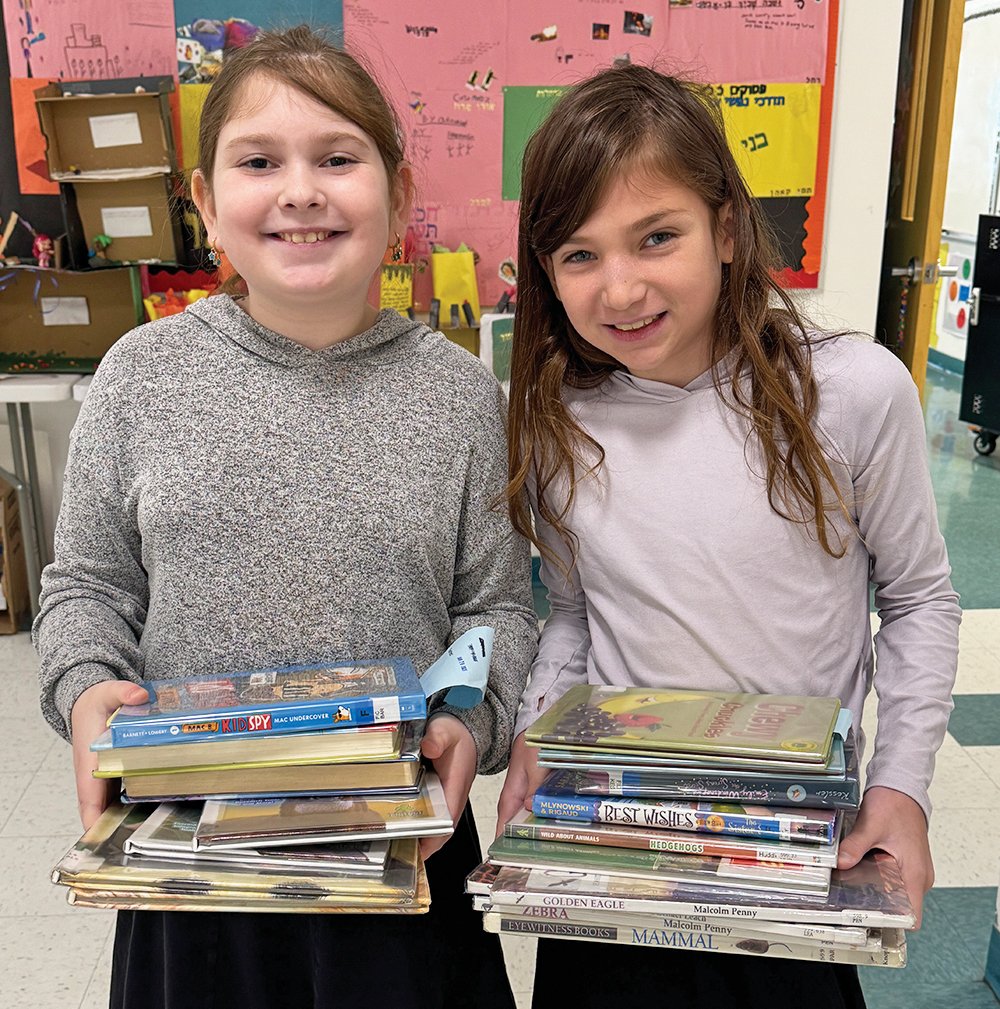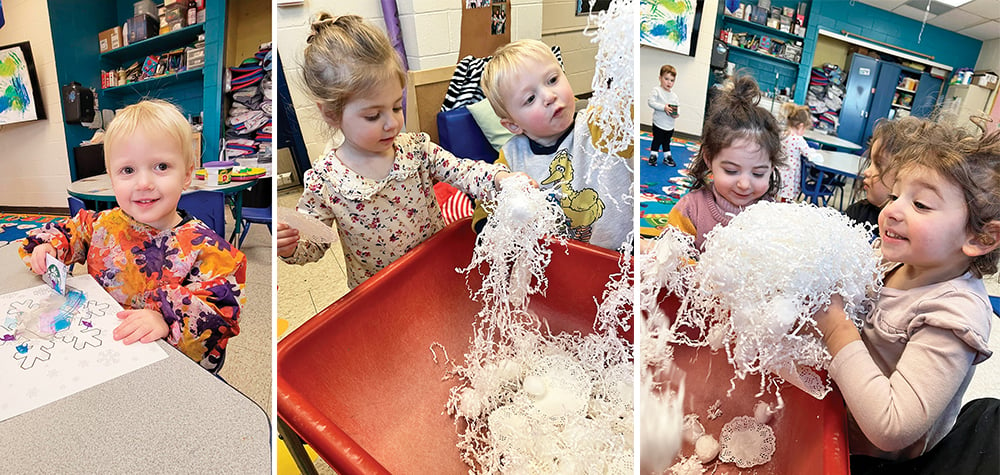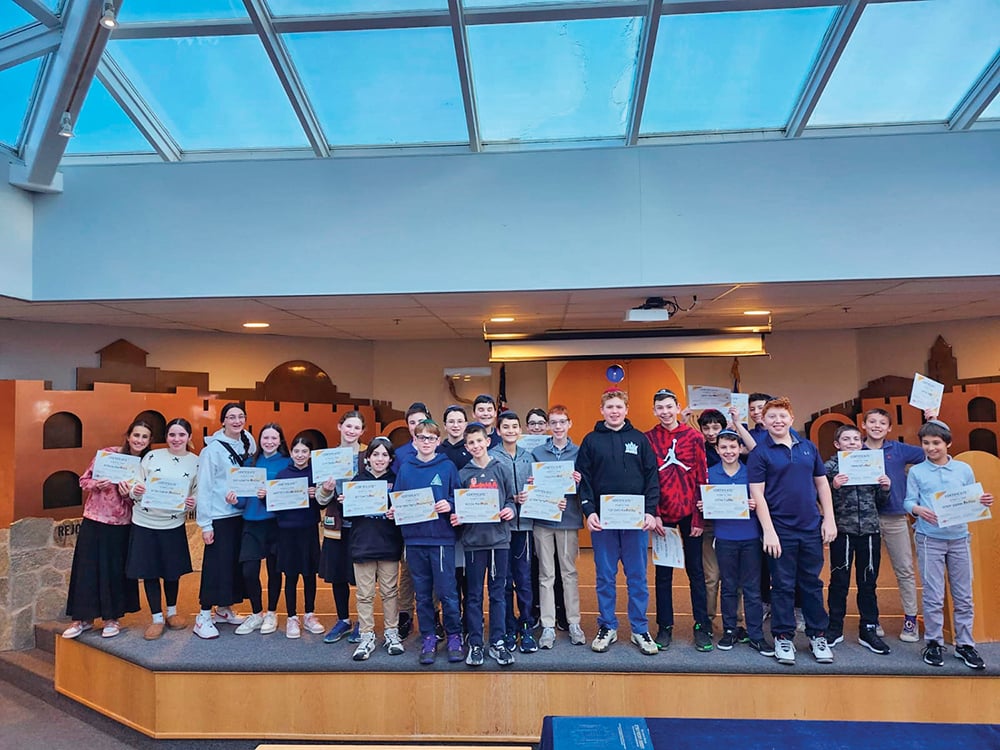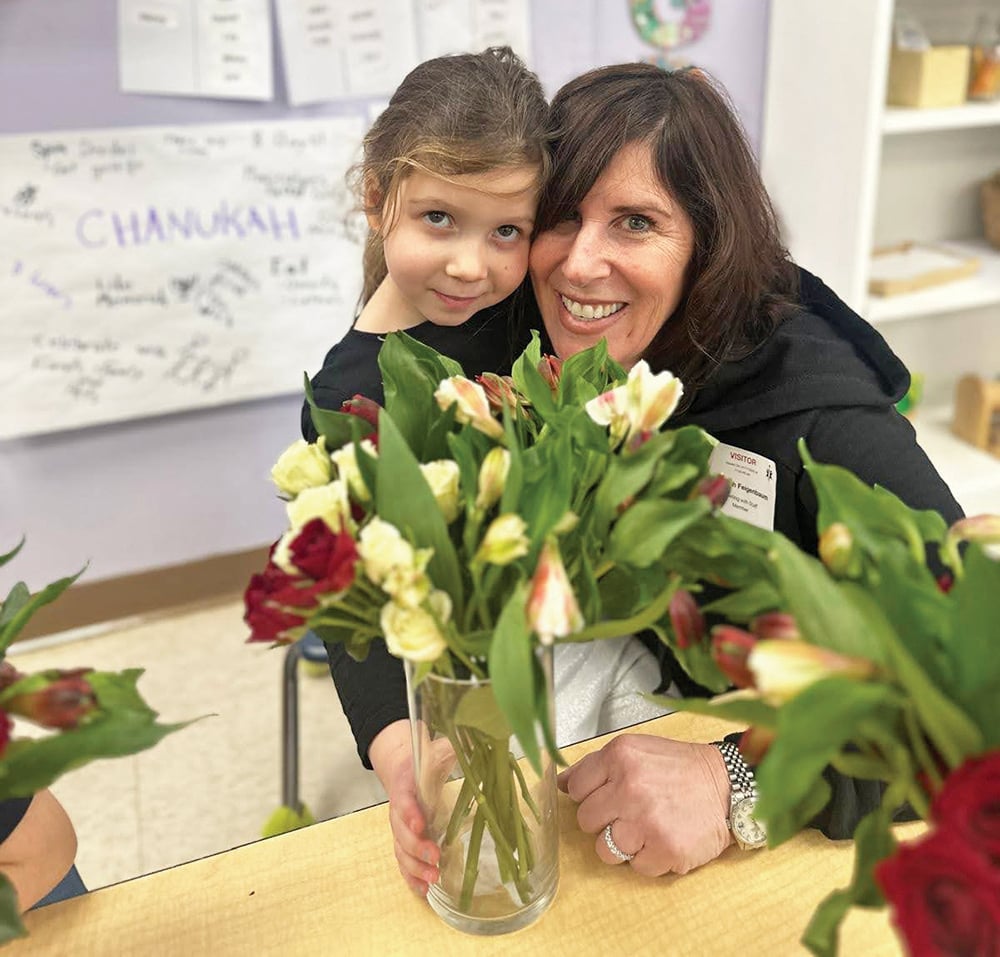

Beit Meir is a lush mountaintop moshav in which an artist can find the soul in his art. This is what Yoram Raanan did.
Then in November 2016, fire devastated large forest areas and burned Yoram’s studio down to the ground, taking with it more than 2,000 paintings.
As he sped down the mountainside with his wife, Meira, in their car, fearing for their lives, she heard him calmly utter the words that have by now become legendary: “There goes the studio.”
Miraculously, the treasures that went up in smoke, rather than becoming only ashes and memories, became the fiery impetus for Yoram to soar. The destruction of much of his life’s work resulted in a magnificent coffee table book, “Art of Revelation: A Jewish Encounter with the Bible,” consisting of 160 exquisite parashah paintings. All of the originals had burned, but fortunately, he had photographed them—professionally or with his own camera. Rabbi Lord Jonathan Sacks writes in an introduction, “Few artists in the Jewish world today better capture the beauty of holiness… than Yoram Raanan.”
Yoram said “gam zu l’tovah—this too is for the best,” and his hishtadlut turned it into a self-fulfilling prophecy.
The Beginning
Yoram grew up in New Jersey, graduated from the University of Arts in Philadelphia and then began to travel the world, studying art along the way in Europe and the Near East. In 1977, he came to Israel, moving from Aish HaTorah to the beaches of Sinai, and finally to Ohr Somayach, where he stayed for two years, becoming shomer Shabbat, he says, during the second year on Shavuot, when suddenly, he knew “This is me.”
Meira, recalling her days at Hebrew University, says, “I had one foot in and one foot out of religion. I started learning at Bruria [today Midreshet Lindenbaum]. Then I had both feet in.”
They married, and the early years were lean. They had four children, and 26 years ago settled in Moshav Beit Meir.
Where did Yoram get the faith, the strength, to say “gam zu l’tovah” after the devastating fire?
“I believe that God is good, and everything is for the good. He’s running the show. These are things that we say every day in tefillah, so how can you not feel this way? [Look at] Shir Hama’alot [Psalm 126]. When we come back it’s going to be like we’re in a dream. And life is dreamy in a way because it goes by so quickly. We have this terrible long exile but we’re going to be laughing, we’re going to be happy, s’mechim. So if you’re a practicing Jew, what’s the difficult part?”
Yoram painted in Israel for 40 years with “a lot of ups and downs” and increasing debt.
“And then I got a call from a woman in Pittsburgh, who said, ‘We’re coming to Israel in a few weeks. Would it be okay if we came to the studio…?’ I’m like, ‘Yeah! It’ll be okay!’ They commissioned a painting for the same price of one that had been cancelled—$8,000. And her parents bought two pieces of art and commissioned two more.
After the fire, the editor of the Jerusalem Post ran a few of Yoram’s paintings in the weekend magazine. Some billionaires noticed them and commissioned six large paintings
Yoram believes he was able to bounce back because so many people prayed for his success. Today his paintings hang in the Waldorf-Astoria Hotel in Jerusalem and the Wolfson Museum of Jewish Art in Jerusalem, in high-end galleries and in private collections.
“Art of Revelation”’s paintings were done in oil, acrylic and mixed media. The facing page to each painting provides explanations and commentary compiled by Meira, based on interviews with Yoram and her own research.
Rembrandt, Picasso, the abstract expressionists and the New York School of artists in the ’50s all influenced Yoram’s style, but how does he express Torah through his art? “I read through the parashah and find things that I want to research. Then I look through all my paintings, and sometimes I paint over paintings, or use old paintings, or I collage paintings together. I find things that could go with that parsha or that pasuk or that idea. I read as many commentaries as I can to get ideas and find them in the painting and bring those out.
“I had done a series of paintings on the days of creation. I came to day two, the separation of the waters, and I had a large painting that had a watery feeling to it, but it lacked the idea of separation. So I found another painting that was sort of watery. I only wanted part of it, so I tore it in half and I pasted it on top of the first painting. Afterwards I found a commentary that said that Hashem tore the heavens. The ragged paper that I’d pasted on top of the original painting suddenly had meaning to it.”
He has worked for his art to become more affordable so more people can enjoy it. “There are new printing techniques that can make pieces as exciting and dynamic as the originals.”
To Yoram, one’s spiritual journey is never-ending. “It’s like Yisrael fighting with God. We have to grow, to develop as people, to wrestle, to live a very active life. You don’t sit still.”
Meira concurs, “We all have fires in our lives and hopefully they’ll be opportunities for growth.”
The book and Yoram Raanan’s paintings and prints can be ordered via his web site: www.yoramraanan.com. The author is an award-winning theater director and journalist who lives in Israel. This article is adapted with permission from Jewish Action, the quarterly magazine of the Orthodox Union (Winter 2018).
By Toby Klein Greenwald
�


